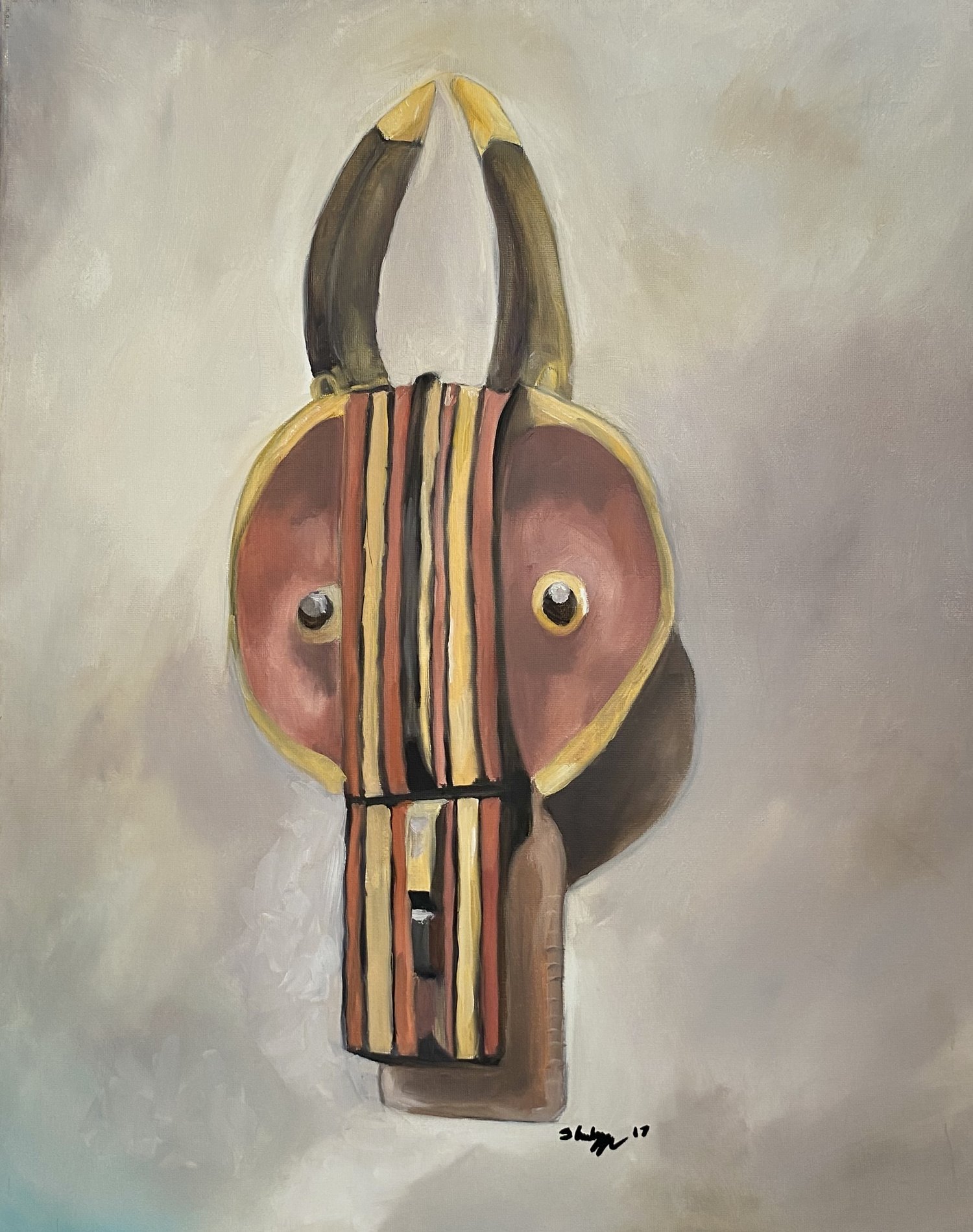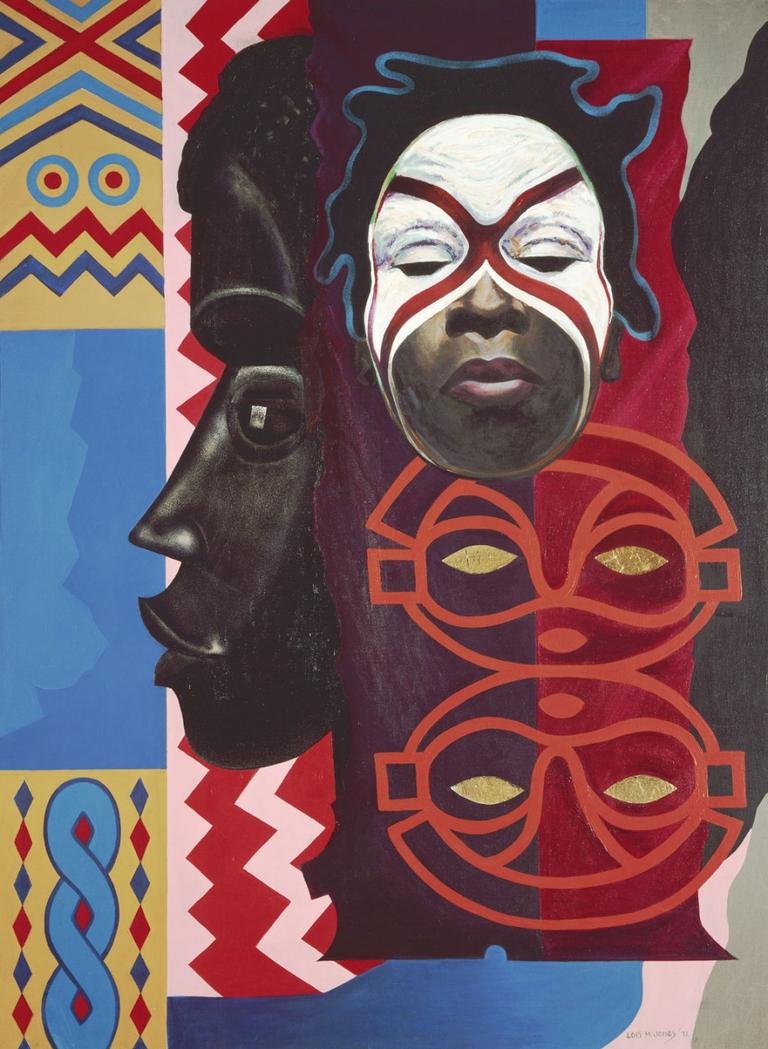Cultural Education in the visual arts
Art training is essential for the intellectual and cultural growth of our youth. Some educators believe that art education is not a necessary component in today's students' early education and lives. Art courses are almost always reduced in value by institutions of learning and, in some cases, cut out completely. Some people think that core classes are much more critical to the student's education, which may be true in some instances; however, there is a cultural void in primary education that I believe is partly responsible for the disengagement of many potentially high achieving youth. Art courses give children essential lessons about life, history, and, most importantly, how they are engaged in a lineage of creatives tasked as caretakers of our culture. The core courses don't always motivate the students and encourage them to chronicle their lived experiences creatively, on their terms, and in their language. Capable art educators take students' ingenuity and cultivate a relationship with learning core concepts using the vehicle of artistic expression. Skilled art educators also aid in the development of these skills by providing opportunities for students to explore their creative interests in a subject like sociology, mathematics, and history.
Art training is critical in schools, particularly public schools, and I advocate for creating unique and challenging programs that use creativity as a vehicle for communicating both new and historical ideas. I have a particular concern for young Black American students establishing relationships with the generations of artists that laid the foundations for modern art galleries that, in some cases, don't reflect our culture, history, and contemporary issues with consistency.
As a youth, I would visit the Art Institute of Chicago and feel like an outsider in the world of arts, and understandably so with all of its excessively grandiose Eurocentricity. A kid from the South Side that would potentially be an art lover, collector, or artist may be turned off from the art world when the works of Black artists are tokenized and only dusted off on "black occasions" (i.e., Black History Month, MLK Day, or when social pressure necessitates representation). One particular painting stands out in my memory, and it in many ways exemplifies what the Art Institute of Chicago meant to a Black kid from the South Side. The famous A Sunday Afternoon on the Island of La Grande Jatte by Georges Seurat was probably the first painting that grabbed not just my attention but sparked an inner dialogue about the deeper meaning of these paintings. Let's be clear, the works of Ernie Barnes had much earlier excited us all about painting, but we associated his works with the character JJ from the sitcom Good Times. And the deliberate absurdity of the character distracted me from the deeper meanings of Ernie Barnes's works. Unfortunately, it would be years later before I would explore the life and art of the great Ernie Barnes. As for my memories of A Sunday Afternoon on the Island of La Grande Jatte, this painting is one that made the Art Institute feel like a cold place to visit. This portrait was as segregated as the City of Chicago was at the time. My mind immediately associated this scene with taking place on the North Side in a white community in a distant and alternative universe. The location was reminiscent of some of those 19th-century images propagandized to mask the cold reality of the harsh existence of life in that period. Though the painting is technically sound and classic work, my 14- or 15-year-old mind would layer the reality of my not-so-distant ancestors across the moment portrayed in Seurat's painting, and that's where the Art Institute lost me. Perhaps if there were a Henry O. Tanner painting or a bust from Augusta Savage in the same space, I would have sought more engagement from the room, but there were none. And if there were, they were not displayed in a way that made it evident that we were here.
Fortunately, it would be many years before I would learn about all of the Black-owned art spaces that are curators of our collective journey as creatives. I have met and befriended artists on the South Side of Chicago, right in the neighborhood that, to this date, motivates me and gives me not only the tools but the drive to continue to cultivate and curate our stories in the arts. One particular collector has a collection in his home that rivals any large gallery I've ever visited. The stories behind each piece, the aesthetic appeal of the individual works, and most importantly, the spiritual presence in that space are evident as you cross the threshold. This is the art education meaningful to Black creatives, the education I needed as a youth, and, more importantly, who I needed to impart this education. Black artists and collectors are shaping the new world of art. We must engage in dialogue with one another, establish relationships, collect the works of living Black artists, and put ourselves in a position to curate the narrative around the Black presence in art history and the role that we will play in the future of the visual arts.
A Sunday Afternoon on the Island of La Grande Jatte - Georges Seurat
Original Artwork By Ya’qub Shabazz
Actor Jimmy Walker (front) with artist Ernie Barnes
Agusta Savage (1892-1962), Sculptor
Ernie Barnes painted “The Sugar Shack” in the 1970s. It appeared on the sitcom “Good Times” and as the album cover for Marvin Gaye’s “I Want You.”
"Ubi Girl from Tai Region," 1972 (Lois Mailou Jones)
Inside Sankofa Studios —Ya’qub Shabazz







